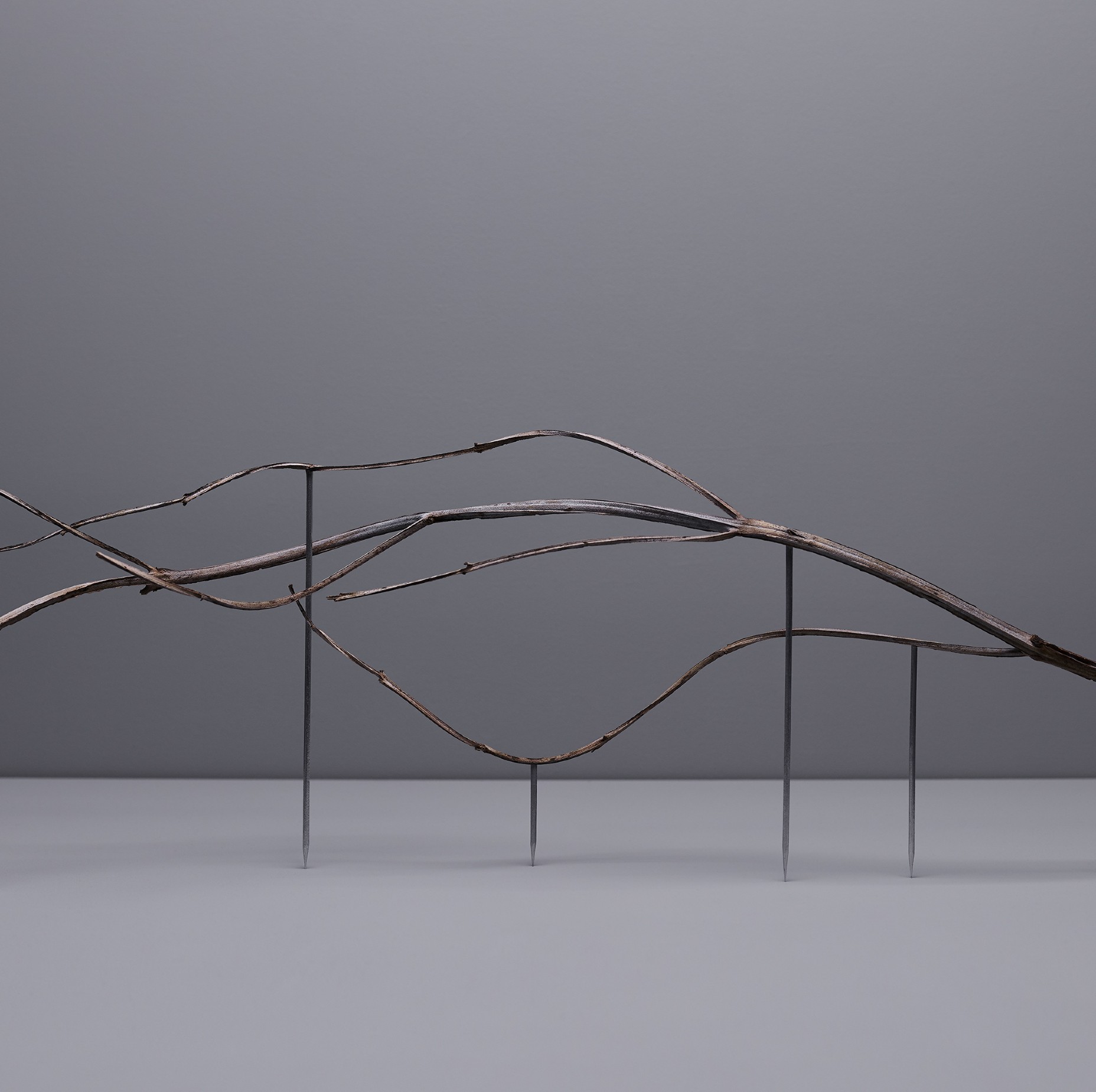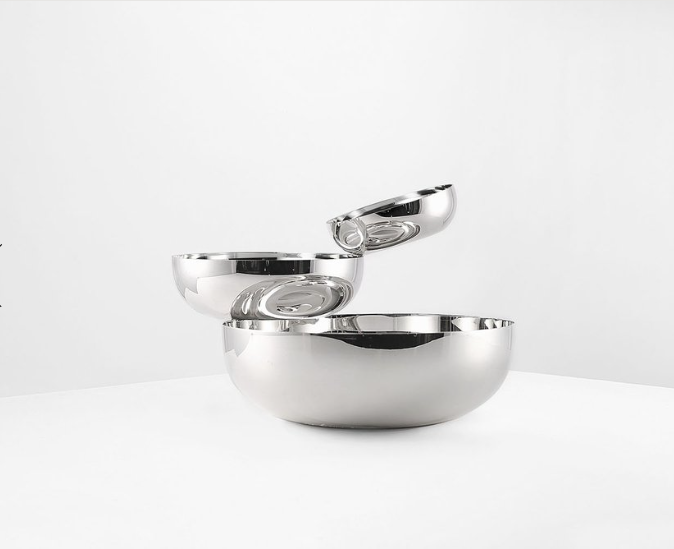The letter “O” in the ARDE alphabet refers to an art object, a tangible creation that communicates ideas and emotions through its form and materiality; to oil paint, the quintessential pigment material for painting; and to Omar Torres, a photographer who creates scenes of resistance and tolerance, capturing the balance and transparency of human emotions in his photography.
OIL PAINT | The pigments mixed with oils that have shaped the history of painting
Oil paint is a painting technique that uses pigments mixed with oils, such as linseed oil, to create works with rich colors and textures. Its origin dates back to the Middle Ages, but it became popular in the 15th century thanks to Flemish artists like Jan van Eyck, who perfected its use. This technique allows for great versatility in color application, enabling effects of transparency and opacity, and has remained one of the principal techniques in painting to this day.

OMAR TORRES | The Photographer who constructs the scenario before photo shooting
Omar Torres creates scenes with objects to represent situations of resistance and tolerance in life, which he captures through photography. In these scenes, the elements are mutually dependent to coexist in a space, generating a tension focused on details that evoke the moment before the collapse. The constant transparency in the objects reflects the idea of the body as a transparent, vulnerable, and exposed element, where pain, tension, and balance intertwine. Torres manages to represent the optimal state of balance with simplicity and delicacy, highlighting its ephemeral beauty. His conceptual approach covers various themes, including the exploration of human emotional facets.

ART OBJECT | An art object is a tangible creation that communicates ideas and emotions through its form and materiality
An art object is a tangible creation that conveys ideas, emotions, or concepts through its form, materiality, and context. It can be anything from a sculpture or painting to an installation or conceptual design, created with the intention of being contemplated and appreciated for its aesthetic, symbolic, or cultural value. Art objects often invite reflection and can challenge perceptions, question norms, and offer new perspectives on the human experience.

